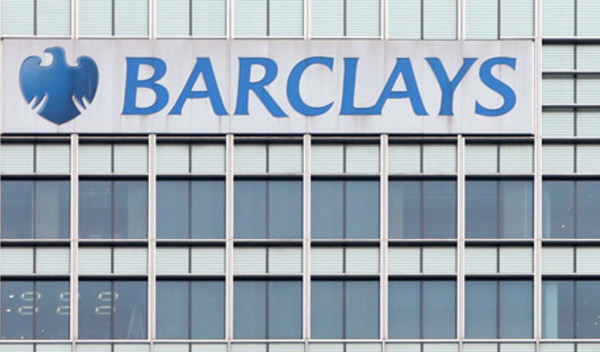

UK equity market dividends fell by almost a third during the global financial crisis, while interest rates and government bond yields slumped from more than 5 per cent to less than 2 per cent.
While no one is predicting a repeat, income investors are facing renewed challenges. Last autumn the market gave a 90 per cent chance of an interest rate rise in 2016; now it believes there is just a 10 per cent chance.
Government bond yields are at a 30-year low, and many observers expect UK dividends overall to decline this year, with Tesco, Rolls-Royce and Barclays having cut their payouts already. How should income investors react to this situation?
First, seek a diversified range of underlying income streams. Medium-risk income clients should have roughly half of their portfolios in assets other than UK large-cap equities, cash and government bonds. Second, focus on individual income streams that offer the most sustainable payouts, including the ability to increase them with inflation. This limits the need to constantly chase the highest yield, which can be a costly and difficult exercise.
Diversification should take a number of forms, such as looking beyond the FTSE 100 index within UK equities. There are currently 377 non-FTSE 100 companies yielding more than 3 per cent. Investors should also focus abroad, including emerging markets.
There are just 67 UK stocks that are yielding more than 3 per cent, although there are 874 non-UK companies that do so. But this comes with currency risk as foreign firms pay their dividends in their own currency, which are then converted back into sterling.
| UK EQUITY INCOME DIVIDENDS IN NUMBERS |
77% - Percentage of total UK dividends accounted for by top-15 stocks £10.9bn - Amount of dividends paid by the top-15 UK companies in the first quarter of 2016 53% - Percentage of total UK dividends accounted for by the top-five companies in the first quarter of 2016 Source: Capita UK Dividend Monitor – April 2016 |
To mitigate this, investors should ensure a proper diversification of currency risk. But it is also important to remember that UK company dividends are also susceptible to currency risk, given only about a quarter of their revenues are earned in the UK and thus in sterling.
Investors should also look even further afield to infrastructure, property and multi-asset vehicles to diversify income streams. Cashflows from infrastructure assets are paid regardless of their usage or the economic cycle.
Rent from GP surgeries is guaranteed by the UK government. Income from care homes and student accommodation benefit from demand and supply dynamics, which give them minimal economic sensitivity. Quality commercial property is less economically sensitive than most equities.
Many of these investments clearly meet the second key criteria of focusing on secure income payments. Interest from fixed income instruments are just that – fixed – while dividends supported by guaranteed cashflows from governments are almost as secure.
Commercial property rents benefit from long leases – seven years on average – and normally involve only rent revisions, though this resulted in net income falling less than 2 per cent during the financial crisis. Niche property areas typically offer secure rental streams by virtue of structural demand/supply imbalances, which lead to high occupancy rates.
It is also just as important to focus on the security of the income stream for equity investments. Simply investing in the highest-yielding companies is rarely the best strategy from a sustainable income perspective. It is better to focus on firms paying out less in the form of dividends, but with greater security and the ability to increase that dividend over time.
An equally important consideration is the inflation protection of the income stream. The biggest part of income protection will come from equities, provided companies that are able to increase prices, and thus dividends, in line with inflation are invested in.
However, diversification requires investors to look beyond equities and the fixed nominal coupons from bonds that don’t keep up with inflation. These are typically assets that benefit from strong demand and limited supply, such as buildings in locations that will support sustained rent rises or infrastructure that the government needs private investors to fund and therefore has to offer attractive terms.
Income investors should be aware that higher yield equals higher risk in an efficient market, in most cases both to capital and income. The key to squaring this circle for investors is to identify pockets of market inefficiency where the yield on offer is attractive relative to the risks involved. All that glitters is not gold.
Andrew Summers is head of collectives at Investec Wealth & Investment



